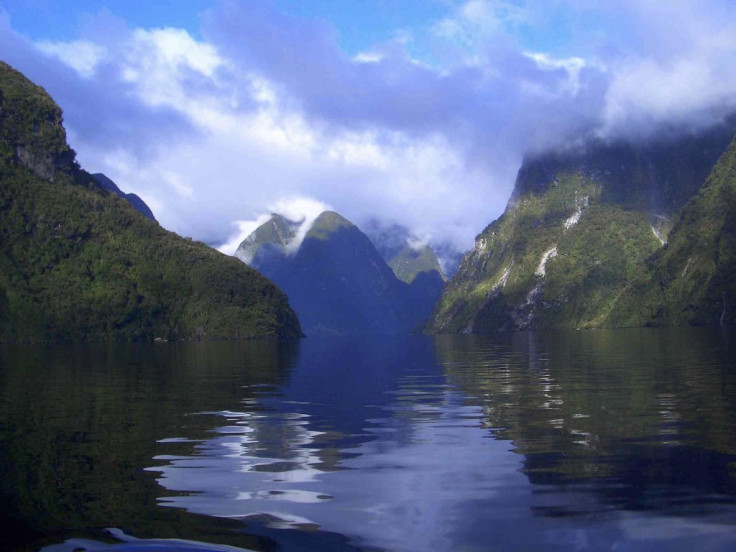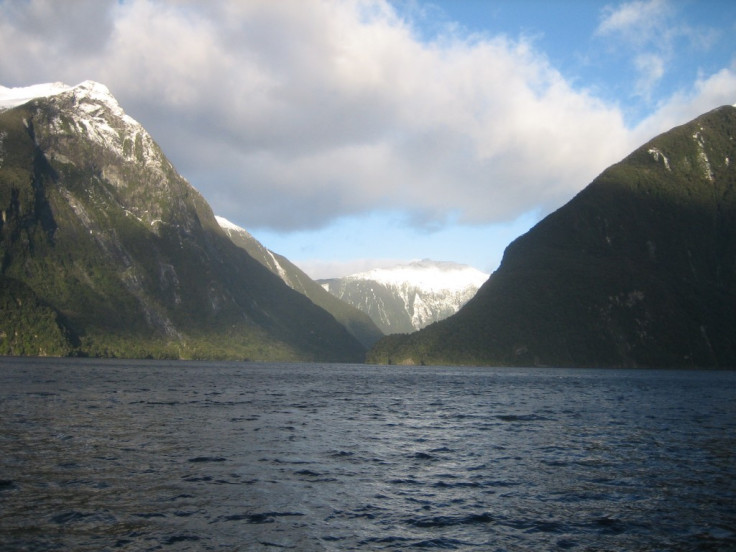Fjords are major carbon sinks burying 18 million tonnes every year

Fjords act as major carbon sinks, burying around 18 million tonnes of organic carbon every year, scientists have discovered.
Despite covering just 0.1% of the surface area of oceans globally, these deep, narrow and elongated seas represent 11% of the carbon buried in marine sediment annually – meaning they likely play a big role in regulating climate change.
Fjords are steep-sided marine inlets that are left behind after glaciers retreat. Celebrated for their beauty, they are found in North-Western Europe, Greenland, North America, New Zealand and Antarctica.
Fjords tend to receive large amounts of sediments from the rapid erosion of coastal mountains and because they tend to be deeper than the surrounding ocean, they trap sediments and terrestrial carbon that is being transported from the land surface. The rapid accumulation of sediments also prevents carbon from being mineralized.
While previous research has shown high rates of carbon burial in individual fjords, scientists had assumed they only make a small contribution to carbon burial globally because they cover such a tiny portion of the world's oceans.
However, a study published in the journal Nature Geoscience has now shown this is not the case. Researchers analysed data from 573 surface sediment samples and 124 sediment cores from fjords across the globe.

Findings showed that per unit area, fjord organic carbon burial rates are twice as large as the ocean average.
Candida Savage of New Zealand's University of Otago and the team suggest fjords could play a very important role as a driver of atmospheric CO2 levels at times when ice sheets are advancing or retreating.
Carbon burial is an important process that provides the largest carbon sink on the planet. It influences atmospheric CO2 over thousands and thousands of years.
During retreats, fjords would trap and prevent massive volumes of organic carbon that would have flowed out to the continental shelf, eventually leading to the production of CO2. When they start advancing again, the material would then be pushed out and CO2 production would increase.
At present, the planet is in an interglacial period following the retreat of the ice sheets 11,700 years ago.
Savage said: "In essence, fjords appear to act as a major temporary storage site for organic carbon in between glacial periods. This finding has important implications for improving our understanding of global carbon cycling and climate change."
© Copyright IBTimes 2025. All rights reserved.





















